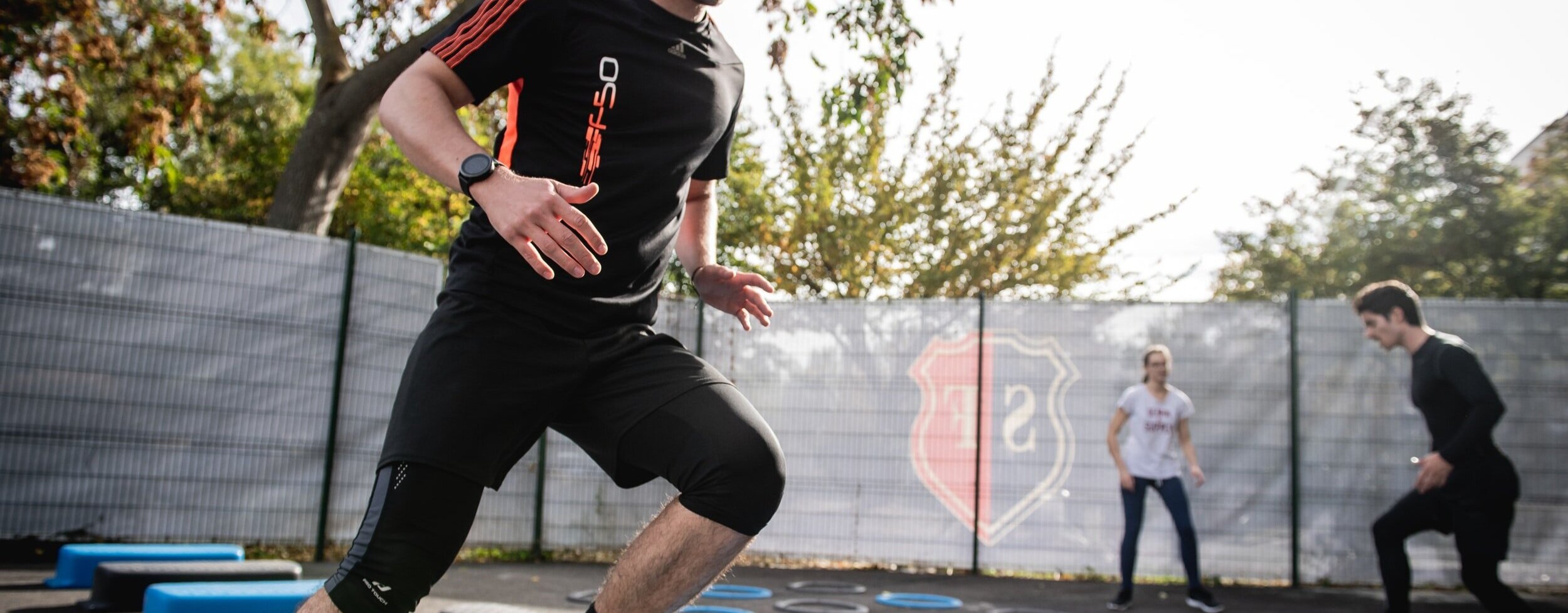With facebook’s announcement of their plans to build the metaverse and with the crypto space already well on it’s way to establishing itself as a legit decentralized currency system, virtual apparel is not a far fetched idea and many big brands have already been planning and prepping for it.
What is the Metaverse?
The metaverse is a virtual world in which you can create your own reality outside of the physical world. With virtual and augmented reality advances, the metaverse has become more and more established as the future of how we interact with other people and how businesses like Facebook (now Meta) plan to profit in the next few years.
Within the metaverse, retailers will be able to sell NFTs that will be meant to be used and owned in this virtual world. This aspect of the metaverse is what will drive a whole new economic system.
NFT artwork: CryptoPunks
What is an NFT?
A non fungible token (NFT) made waves in 2020 as a new form of non-tangible asset but rather a virtual one. A non-fungible token (NFT) is a unique identifier that can cryptographically assign and prove ownership of digital goods. These digital goods can then be re-sold for a higher amount, therefore, becoming a profitable trade.
Much like in the real world of art, NFTs follow the same concept, only it is all digital and it does not have to be art.
For its fall 2021 collection, Gucci partnered with the art auction house Christie’s on an NFT video called “Aria,” which sold for $25,000 in June. Christie’s was also where Beeple, the most famous digital artist, sold his piece for $69 million this year. This overnight success of NFTs is now leading Christie’s to accept auction bids with Ethereum, the most popular crypto-currency.
What is the Future of Apparel?
We will obviously still need to dress ourselves in real life, however, the way we shop will be different. Like in video games today, avatars will need some sort of “skin” or “apparel”, this is where the profits come into play. Currently, in most video and VR games, you have to either win points or purchase points to then acquire specific items of clothing for your avatar. We believe this model will remain and transcend into the physical world.
Read more To Build the Metaverse, Meta First Wants to Build Stores
So, how will physical fashion retailers make money?
Nike has taken its first steps into the metaverse. The Oregon-based company has filed several new trademarks this week that indicate its intent to make and sell virtual Nike-branded sneakers and apparel.
In addition to filing for a list of new trademarks, Nike is looking to fill new job positions within the virtual space such as virtual material designer of footwear and other virtual design roles.
With more brands looking into making their way into the virtual space, projects such as MetaHero are making headlines as their technology is designed to scan objects or people to then render a 3D virtual version. With such technology, we believe that a 3D version of ourselves will be available in the metaverse.
This type of scanning system leads to believe that we will be able to shop in the metaverse for apparel, this may also mean that our metaverse version can try on different outfits as you do now, but without leaving your couch.
Essentially, it is believed that a metaverse version of your current online store will be needed in order to sell apparel. With increasing amounts of time spent in the Metaverse, the ratio between the virtual and physical possessions we own will increase dramatically.
It is also speculated that “Limited Run” drops of Nike sneakers will be exclusively done within the metaverse. This will drive the retail market within the virtual world and is expected to eventually become the norm.
Check Out Shopping In The Metaverse
Is The Metaverse Really The Future?
Although all of this seems far fetched, it is believed that in 10 years from now we will all be interacting with each other in the metaverse.
Some may choose to spend almost all their waking time there, seeing the real world as dull, limited and inefficient by comparison.
As we spend more time in the Metaverse, status symbols like the virtual home you own, the virtual clothing and jewelry you wear or the virtual cosmetics you use will become every bit as important as those same real-world purchases and possessions are today.
Brands are predicted to capitalize on this demand by creating an ever-growing assortment of virtual products at real-world prices.
At first thought this may mean that whatever you purchase in the metaverse will be then shipped to you in the real world. But as technology in this field continued to expand, we don’t really know how this will look like in 30 years from now.
Author: Irene Floridia - Content Creator
Follow us on Instagram and Facebook
For FAQ, check out our site!
For any inquiries, send us a message!
OR
send us an e-mail at quotes@familyindustriesla.com











